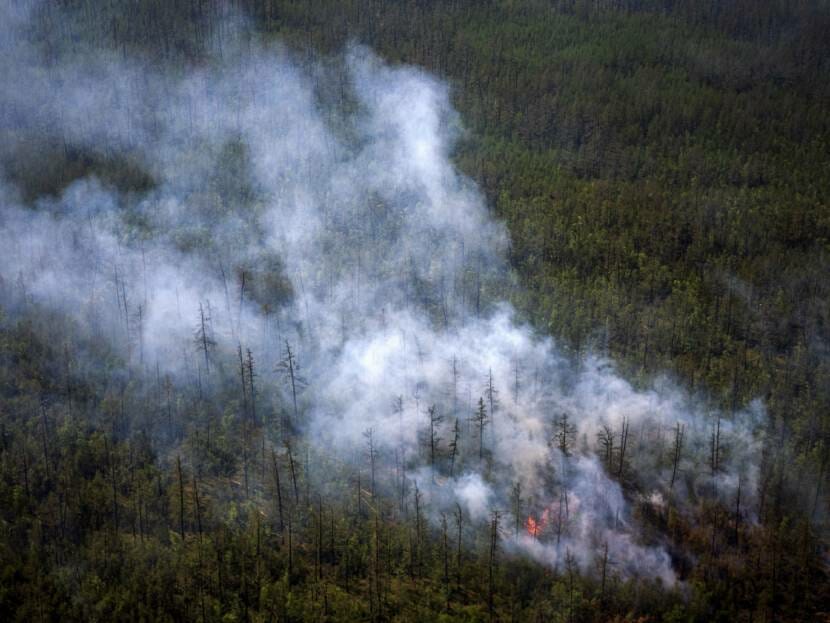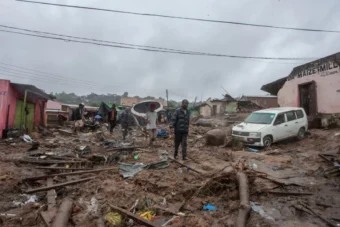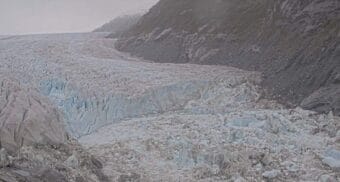
Smoke from wildfires raging in Russia has reached the North Pole for the first time in recorded history.
Data captured by satellites flying over the region revealed Friday show just how much smoke is being produced from the hundreds of forest fires in Siberia’s Sakha Republic and just how far that smoke is spreading, NASA said in a release issued over the weekend.
Smoke blankets the sky for about 2,000 miles from east to west and 2,500 miles north to south, the report noted. Smoke from those fires has even been recorded as having traveled more than 1,864 miles to reach the North Pole — an unprecedented distance.
Smoke from the fires also stretched over 1,200 miles on Wednesday to reach all the way to Mongolia, NASA stated. Ulan Bator, the capital city of Mongolia, and some northern and central regions were blanketed in “white smoke,” China’s Xinhua news agency reported. The smoke was also visible in Canada, some western regions of Greenland, and Nunavut, a Canadian territory.
The wildfires in Siberia are already an out-of-the-ordinary occurrence. The Sakha Republic, also known as Yakutia, is covered by boreal, or snow, forest, and its northern region is one of the coldest places on the planet, according to the NASA report.
However, the area has been experiencing record high temperatures recently. In June, some parts reached a ground temperature of 118 degrees Fahrenheit and an air temperature of 89.4 degrees, according to Arctic Today.
NASA’s news comes on the heels of a United Nations report released on Monday, warning that climate change, caused by human actions like greenhouse gas emission, is nearing catastrophic levels.
While it’s not too late for positive change, leaders across the globe would have to agree to drastic changes and implement those changes as quickly as possible, the report stated. Amid wildfires, deadly flooding and history-making changes to the rainforest, the planet is already feeling the effects of sustained inaction.
Copyright 2021 NPR. To see more, visit https://www.npr.org.9(MDEwMjQ0ODM1MDEzNDk4MTEzNjU3NTRhYg004))


